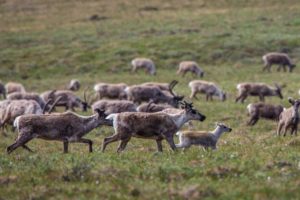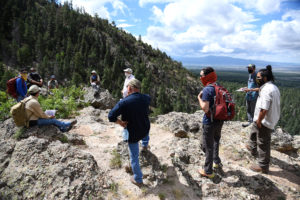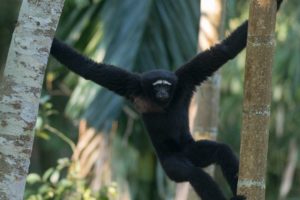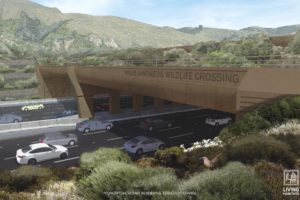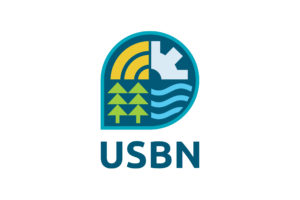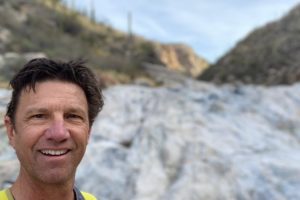2022 Annual Report: Making Connections Across the Globe
As the year draws to a close, we are pleased to share with you our 2022 Annual Report. While it would be impossible to cover all of the Center’s work from the past year, we’re taking this opportunity to highlight a few programs and accomplishments that our generous supporters helped make possible. This report is also a celebration of the ways in which partnerships and collaboration with colleagues and institutions worldwide play a vital role in achieving our mission.

